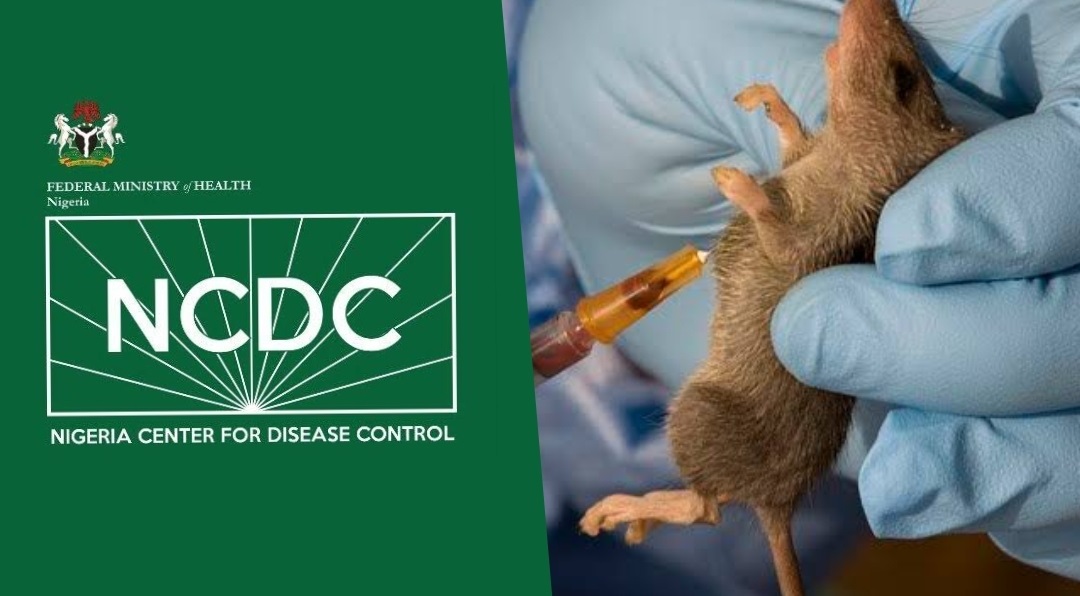The Nigeria Centre for Disease Control and Prevention (NCDC) says the country has recorded a decline in new Lassa fever cases, but warned that the fatality rate remains unacceptably high.
In its latest situation report for epidemiological week 33 (August 11–17, 2025), published on its official website, the agency confirmed five new cases, compared to 12 the previous week. The infections were reported in Bauchi, Ondo, and Edo States.
According to the NCDC, Nigeria has so far recorded 854 confirmed cases and 159 deaths in 2025, across 21 states and 106 local government areas. This represents a case fatality rate (CFR) of 18.6 per cent—higher than the 17.2 per cent reported in the same period last year.
The report showed that 90 per cent of all cases came from five states: Ondo (33 per cent), Bauchi (23 per cent), Edo (17 per cent), Taraba (14 per cent), and Ebonyi (three per cent), while the remaining 10 per cent were spread across 16 other states. The most affected group remains young adults aged 21–30 years, with slightly more males than females.
While overall cases have declined compared to 2024, the agency noted persistent challenges, including late presentation of cases, poor health-seeking behaviour due to treatment costs, and poor sanitation in high-burden communities.
The NCDC said it has intensified response efforts in collaboration with WHO, the U.S. CDC, and local partners. These include clinician sensitisation, community awareness campaigns, distribution of treatment supplies, training of health workers, and deployment of 10 rapid response teams. It has also launched an e-learning platform on infection prevention and control.
The agency urged states to sustain year-round community engagement and called on healthcare workers to maintain a high index of suspicion, ensure early referrals, and prioritise prompt treatment of suspected cases.
Lassa fever, a viral haemorrhagic illness endemic in West Africa, is transmitted by Mastomys rats or through contact with contaminated food, surfaces, and body fluids of infected persons. An estimated 100,000–300,000 people contract the disease annually in the region.
Although most infections are mild, about 20 per cent progress to severe illness, leading to bleeding, seizures, pregnancy loss, and organ complications. Survivors may also suffer permanent hearing loss. Without proper infection control, the disease can spread within healthcare facilities.
Countries most affected include Nigeria, Benin, Guinea, Liberia, Mali, and Sierra Leone.





